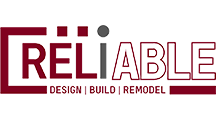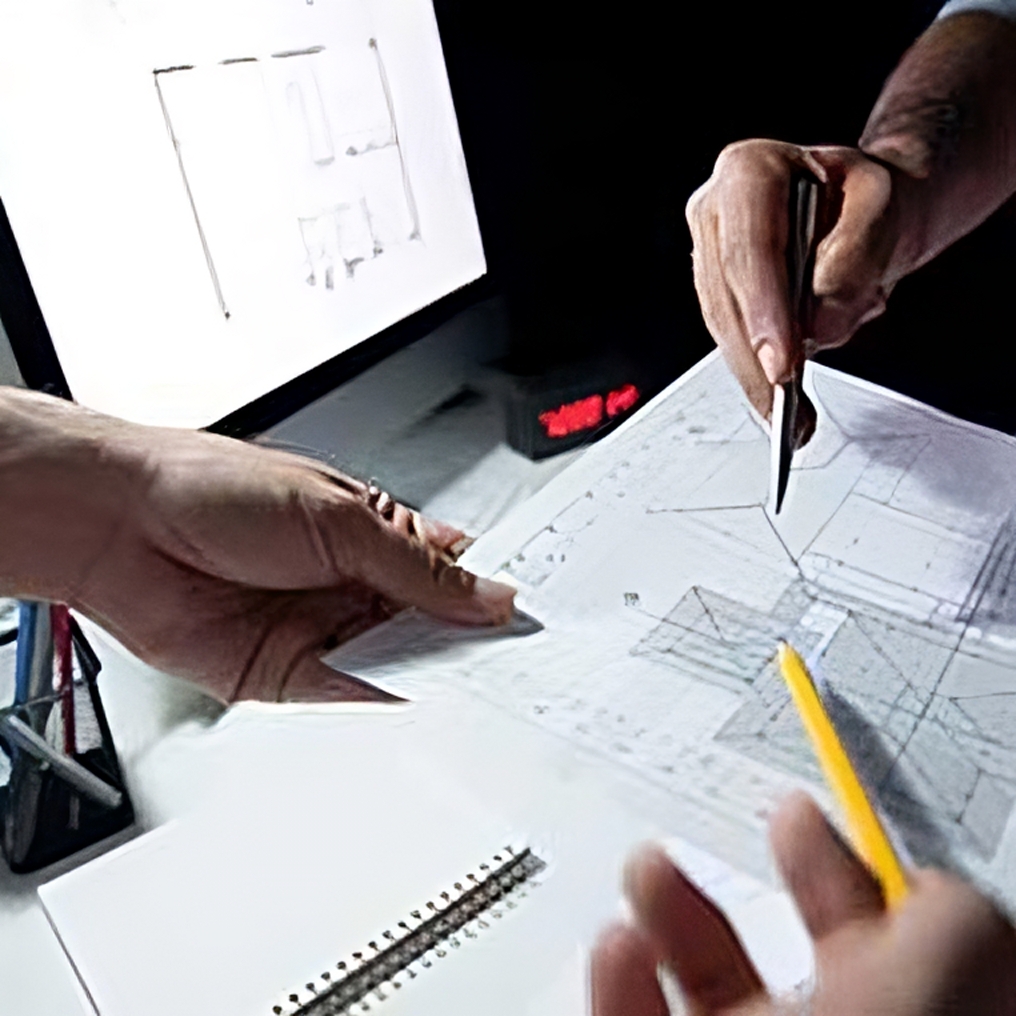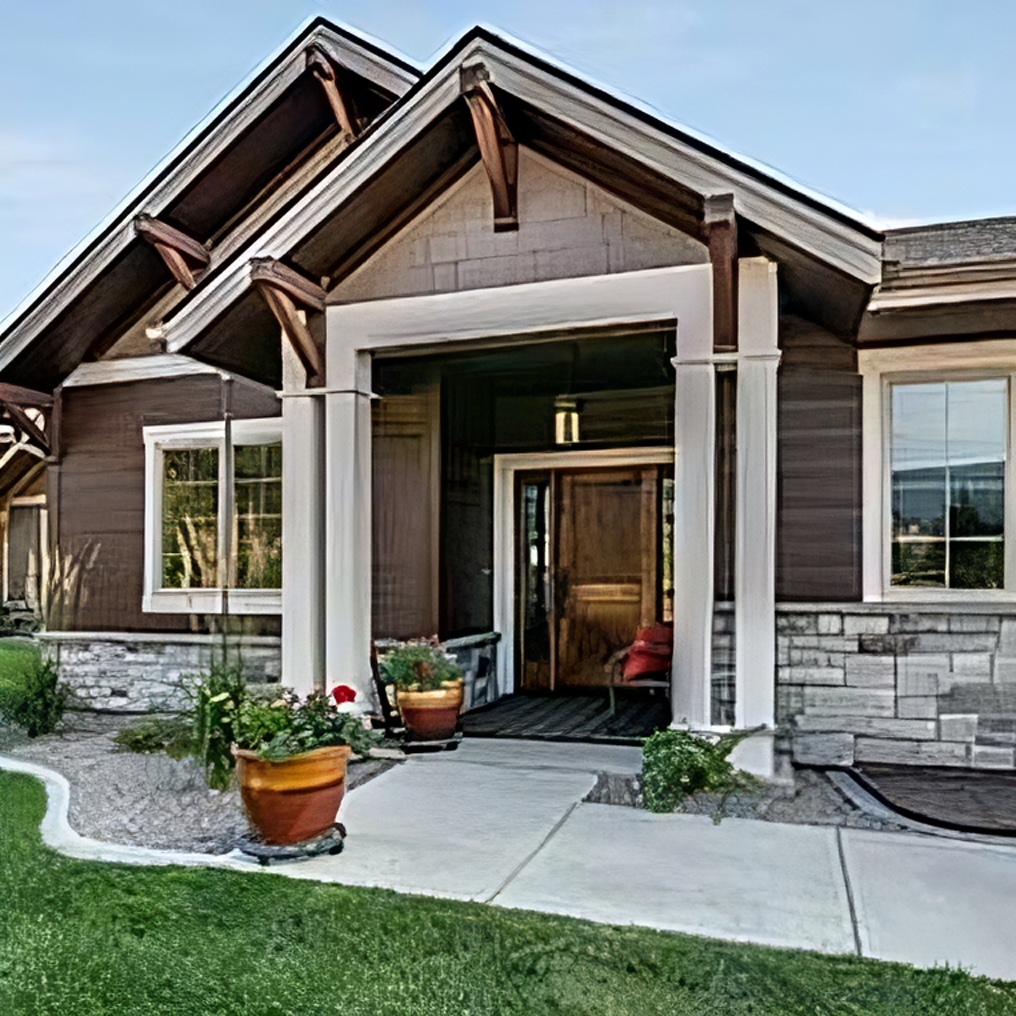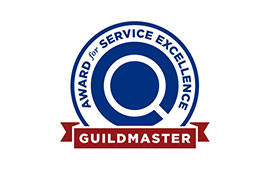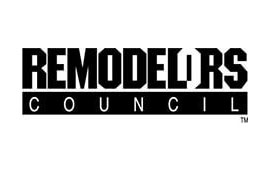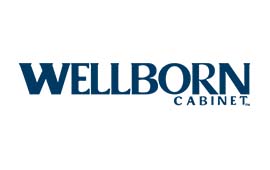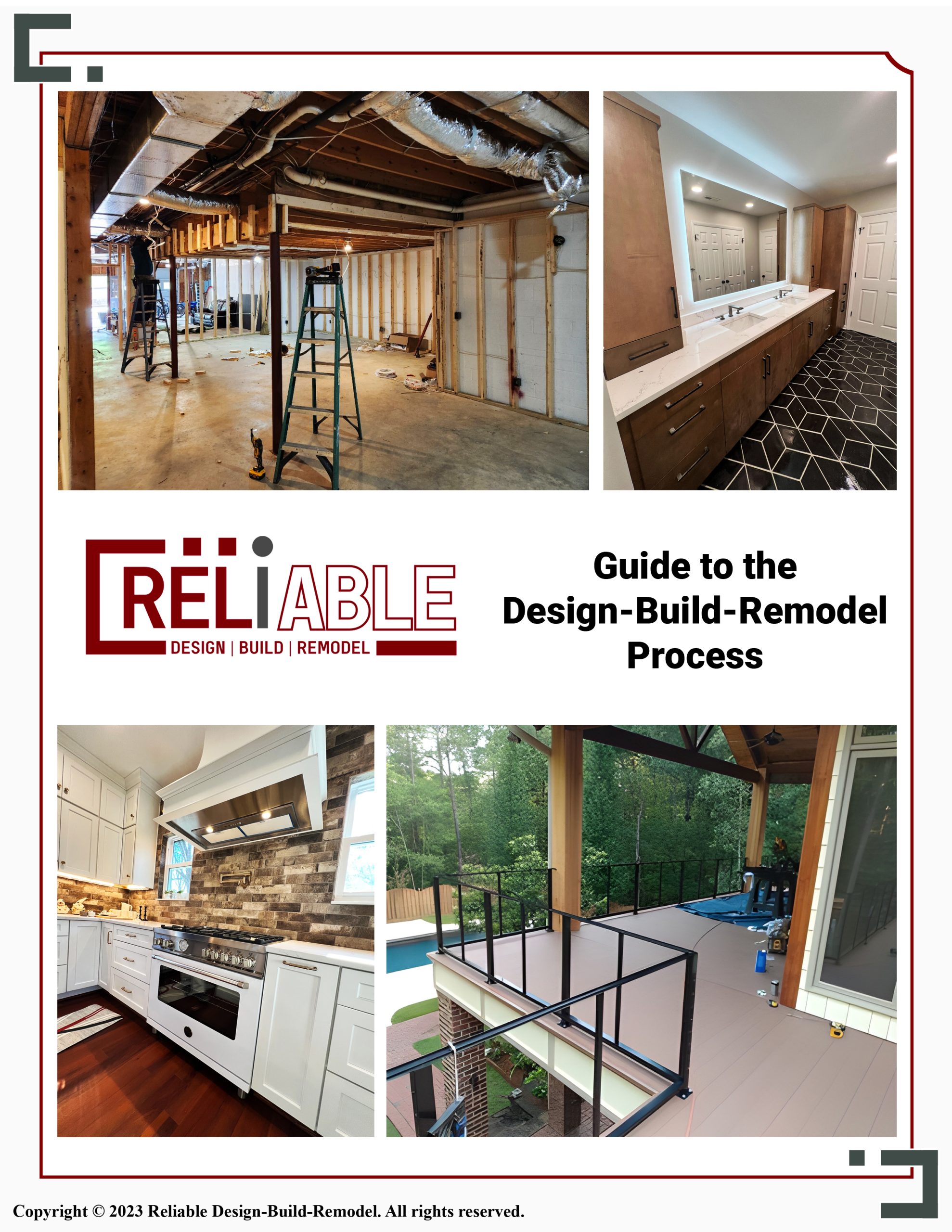At Reliable Design-Build-Remodel here in Birmingham, Alabama, we know that Southern humidity is no joke—especially when it creeps into your bathroom and lingers long after a hot shower. Persistent moisture can lead to mold growth, peeling paint, warped wood, and even poor indoor air quality. But don’t worry—we’re here with practical, homeowner-friendly advice. If you’re searching for humid bathroom solutions, you’re in the right place.
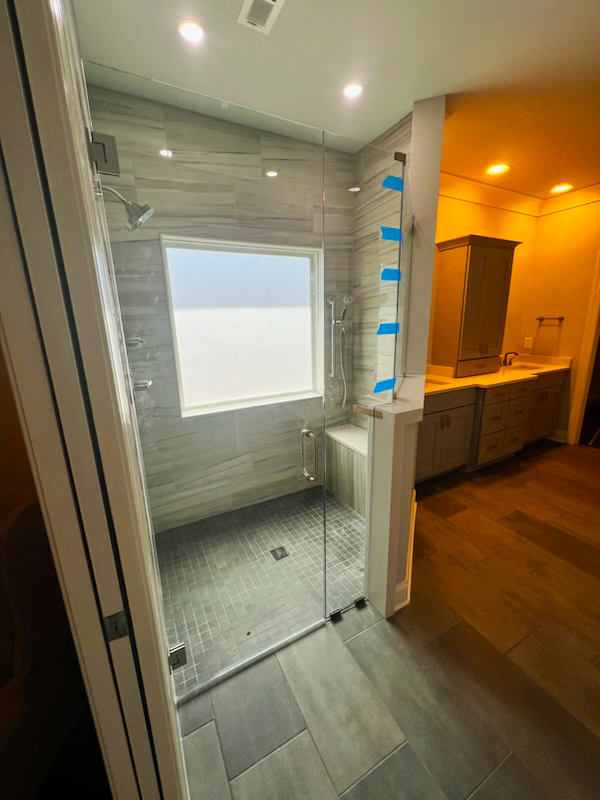
How do you get rid of humidity in the bathroom?
First things first: the most effective way to get rid of humidity in the bathroom is ventilation. Ideally, your bathroom should have a well-sized exhaust fan that vents to the outside—not just into the attic. These fans help pull moisture out of the air during and after a bath or shower. If you already have one, make sure it’s functioning properly and clean. We often recommend clients run the fan during the shower and for at least 15–20 minutes afterward to clear out lingering moisture. If you’re remodeling your bathroom, this is the perfect time to install or upgrade your ventilation system. For older homes in Birmingham, we sometimes retrofit fans or suggest humidity-sensing models that automatically turn on when the air gets too damp.
How can I dehumidify my bathroom without a dehumidifier?
If you’re not ready to invest in a full dehumidifier, don’t worry—there are still plenty of budget-friendly tricks you can use. Start by opening windows when possible, especially after bathing. Even slightly cracking a window allows moisture to escape naturally. You can also use moisture-absorbing materials, like silica gel packets, baking soda in open containers, or commercially available desiccants like DampRid. Another overlooked trick is to wipe down surfaces after showering. Toweling off tile, glass, and countertops removes excess water before it has a chance to evaporate into the air. Simple changes like these can go a long way in keeping your bathroom fresh and dry.
What is the best material for a humid bathroom?
Choosing the right materials can make all the difference when designing or remodeling a bathroom prone to moisture. At Reliable Design-Build-Remodel, we always advise our Birmingham clients to prioritize moisture-resistant materials for walls, floors, and fixtures. For instance, porcelain or ceramic tile is a top pick for bathroom flooring and showers due to its durability and water resistance. On the walls, we recommend moisture-resistant drywall (green board) or even cement board, especially behind tile in wet zones. When it comes to cabinetry, marine-grade plywood or solid wood sealed with waterproof finishes perform far better than particle board in damp environments. And don’t forget paint—always use a mildew-resistant, semi-gloss or satin finish to help repel moisture and make cleaning easier.

How do I stop my bathroom from sweating?
If you’ve noticed condensation forming on your bathroom walls, mirror, or toilet tank, you’re dealing with a classic case of bathroom “sweating.” This typically happens when warm, moist air meets cooler surfaces. One quick solution is to increase air circulation—keep the door slightly open, run your exhaust fan, or install a ceiling fan if space allows. You can also insulate cold surfaces, such as the toilet tank, using insulating kits or even replacing the toilet with a pressure-assisted model that holds water at room temperature. Lowering the room’s overall humidity (through the methods we’ve already mentioned) and raising the room’s temperature slightly during the winter months can help balance the temperature differential and prevent this frustrating issue.
How to naturally dehumidify a room?
While humid bathroom solutions can be mechanical like fans and dehumidifiers, there are also natural methods you can incorporate into your bathroom and beyond. One of our favorite recommendations is to use indoor plants that absorb humidity—English ivy, Boston ferns, and peace lilies all do a great job and thrive in the bathroom’s steamy environment. Another technique is to use rock salt or charcoal in open containers, both of which naturally draw moisture from the air. If you’re feeling crafty, you can make your own dehumidifying jars with salt or rice and place them strategically around the room. Finally, minimizing water use—like shortening showers or turning off the tap while brushing your teeth—can make a subtle but real impact over time.
Reliable Design-Build-Remodel, we believe your bathroom should be a relaxing, comfortable retreat—not a breeding ground for mold and mildew. Whether you’re updating your existing space or planning a full renovation, dealing with bathroom humidity is more than just a cosmetic issue—it’s a health and home investment.

When clients in Birmingham ask us for help with their humid bathroom, we always take a whole-room approach. That means recommending better ventilation, choosing the right materials, installing moisture-resistant drywall and paint, and guiding clients toward daily maintenance habits that make a big difference. As a full-service design-build contractor, we take pride in finding humid bathroom solutions in a way that will last for a long, long time.
Reliable Design-Build-Remodel is a full service general construction firm and remodeling contractor operating in the Birmingham metro and Jefferson and Shelby County areas and surrounding communities, including Birmingham, Helena, Chelsea, Mountain Brook, Hoover, Homewood, Montevallo, Alabaster, Vestavia Hills, and Pelham, with over 30 years of servicing our valued clients. Offering full service suite of general remodeling, design and build services. Our specialties include bathroom remodeling, kitchen remodeling, exterior renovations, interior renovations, painting, and more!
Visit us at reliablerem.com, and like and follow us on Facebook and Instagram!
